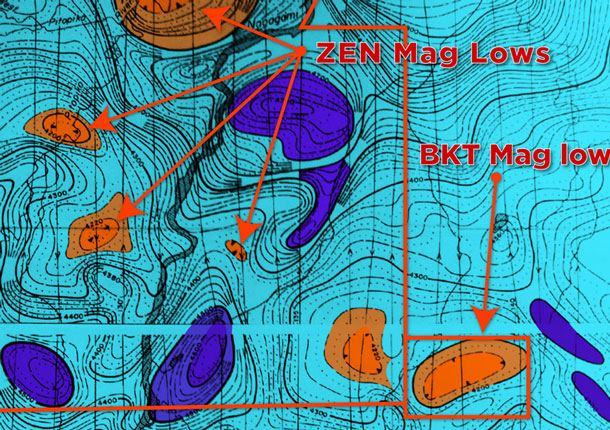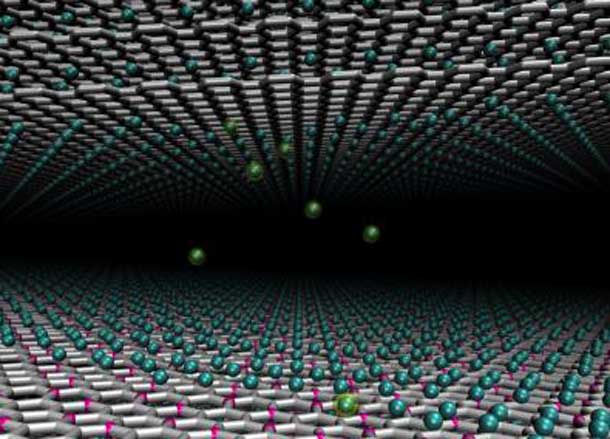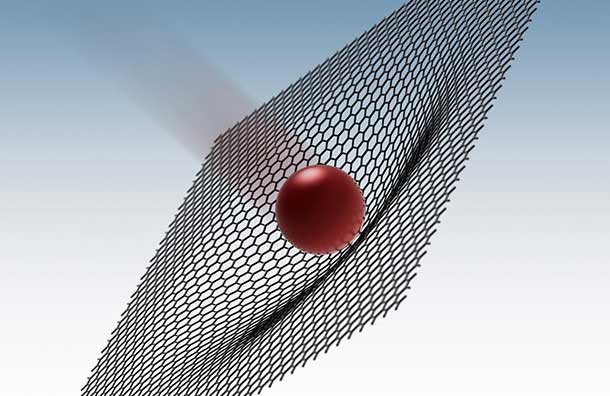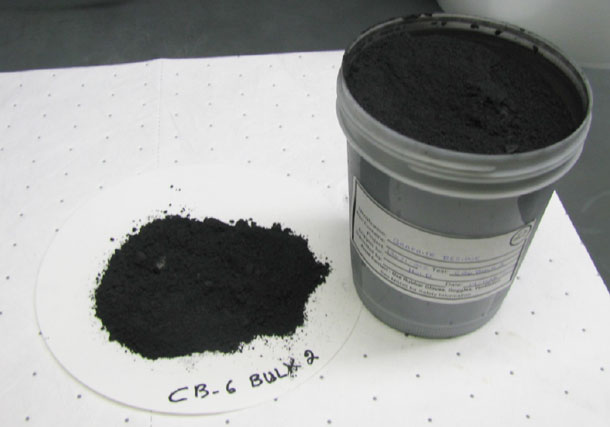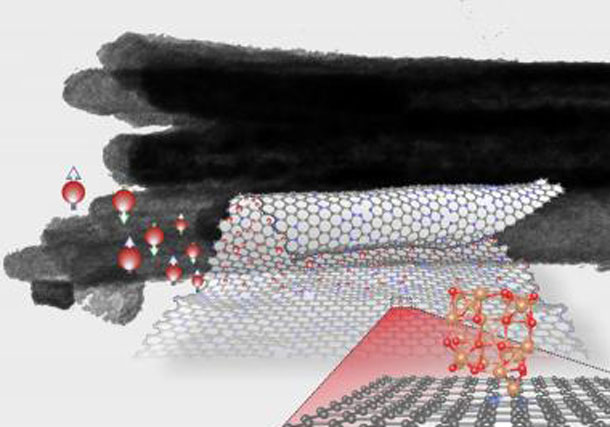

Graphene is Derived from Graphite
STOCKHOLM – TECH – Graphene research continues to demonstrate the amazing potentials of this newly product. The research around the world has relevance in Northwestern Ontario with the graphite discovery currently being explored by Zenyatta Resources. Graphene is one of the most interesting materials for future applications in everything from high performance electronics, optical components to flexible and strong materials. Ordinary graphene consists of carbon sheets that are single or few atomic layers thick.
Graphene is derived out of graphite. Currently the largest suppliers of vein graphite is Sri Lanka.
University Researchers Develop Nanoscrolls of Graphene
Researchers at Umeå University, together with researchers at Uppsala University and Stockholm University, show in a new study how nitrogen doped graphene can be rolled into perfect Archimedean nano scrolls by adhering magnetic iron oxide nanoparticles on the surface of the graphene sheets. The new material may have very good properties for application as electrodes in for example Li-ion batteries.
In the study the researchers have modified the graphene by replacing some of the carbon atoms by nitrogen atoms. By this method they obtain anchoring sites for the iron oxide nanoparticles that are decorated onto the graphene sheets in a solution process. In the decoration process one can control the type of iron oxide nanoparticles that are formed on the graphene surface, so that they either form so called hematite (the reddish form of iron oxide that often is found in nature) or maghemite, a less stable and more magnetic form of iron oxide.


“Interestingly we observed that when the graphene is decorated by maghemite, the graphene sheets spontaneously start to roll into perfect Archimedean nano scrolls, while when decorated by the less magnetic hematite nanoparticles the graphene remain as open sheets, says Thomas Wågberg, Senior lecturer at the Department of Physics at Umeå University.
The nanoscrolls can be visualized as traditional “Swiss rolls” where the sponge-cake represents the graphene, and the creamy filling is the iron oxide nanoparticles. The graphene nanoscrolls are however around one million times thinner.
The results that now have been published in Nature Communications are conceptually interesting for several reasons. It shows that the magnetic interaction between the iron oxide nanoparticles is one of the main effects behind the scroll formation. It also shows that the nitrogen defects in the graphene lattice are necessary for both stabilizing a sufficiently high number of maghemite nanoparticles, and also responsible for “buckling” the graphene sheets and thereby lowering the formation energy of the nanoscrolls.
The process is extraordinary efficient. Almost 100 percent of the graphene sheets are scrolled. After the decoration with maghemite particles the research team could not find any open graphene sheets.
Moreover, they showed that by removing the iron oxide nanoparticles by acid treatment the nanoscrolls again open up and go back to single graphene sheets.
“Besides adding valuable fundamental understanding in the physics and chemistry of graphene, nitrogen-doping and nanoparticles we have reasons to believe that the iron oxide decorated nitrogen doped graphene nanoscrolls have very good properties for application as electrodes in for example Li-ion batteries, one of the most important batteries in daily life electronics, ” says Thomas Wågberg.









